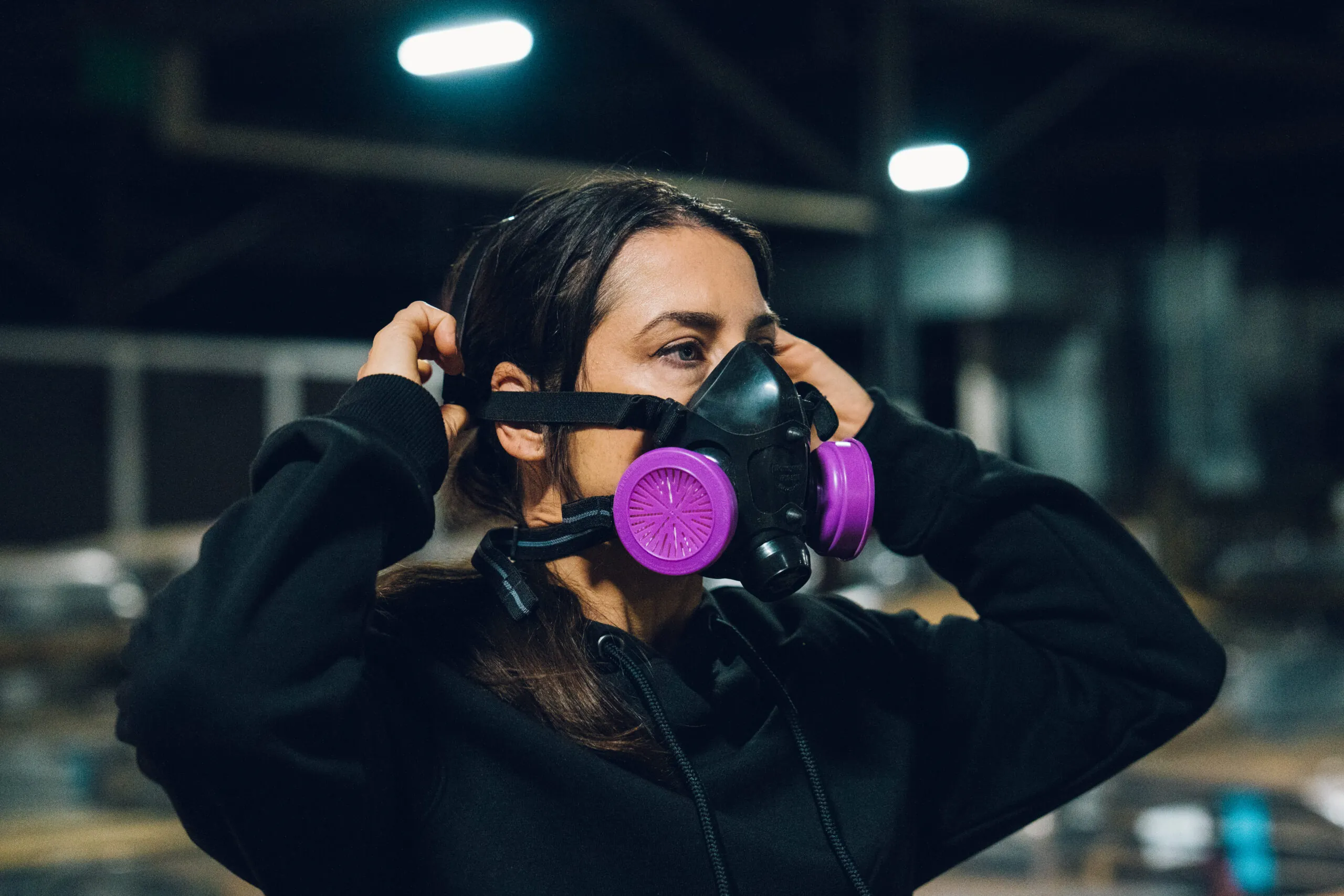Comprehensive Medical Surveillance Solutions.
At WorkSTEPS, we commit to helping ensure your global compliance with OSHA and other regulatory requirements while meeting the health and safety needs of your workforce. Our comprehensive medical surveillance services are designed to keep your employees safe and productive and your company running smoothly. We offer testing to comply with any regulatory standard, including HAZMAT/HAZWOPER, Respirable Silica, Hearing Conservation, Respiratory Protection, Lead, Arsenic, Asbestos,and more.
What is Medical Surveillance?
According to the Department of Health & Human Services, “Medical surveillance is the systematic assessment of employees exposed or potentially exposed to occupational hazards. This assessment monitors individuals for adverse health effects and determines the effectiveness of exposure prevention strategies.”
Medical Surveillance is required by the Occupational Health & Safety Administration (OSHA) and serves two key purposes:

WorkSTEPS Medical Surveillance Program.
Our medical surveillance programs offer a complete solution for employers, including comprehensive medical screening to prevent occupational illness and minimize workplace risk. WorkSTEPS designs exposure and prevention strategies tailored to your unique needs.
Our program includes:
- White-Glove Medical Appointment Scheduling
- Regular Medical Exams with Biologic Monitoring
- Clinic Management and Network Development
- Expert Medical Staff Oversight and Case Management
- Policy and Program Development
Get Started
